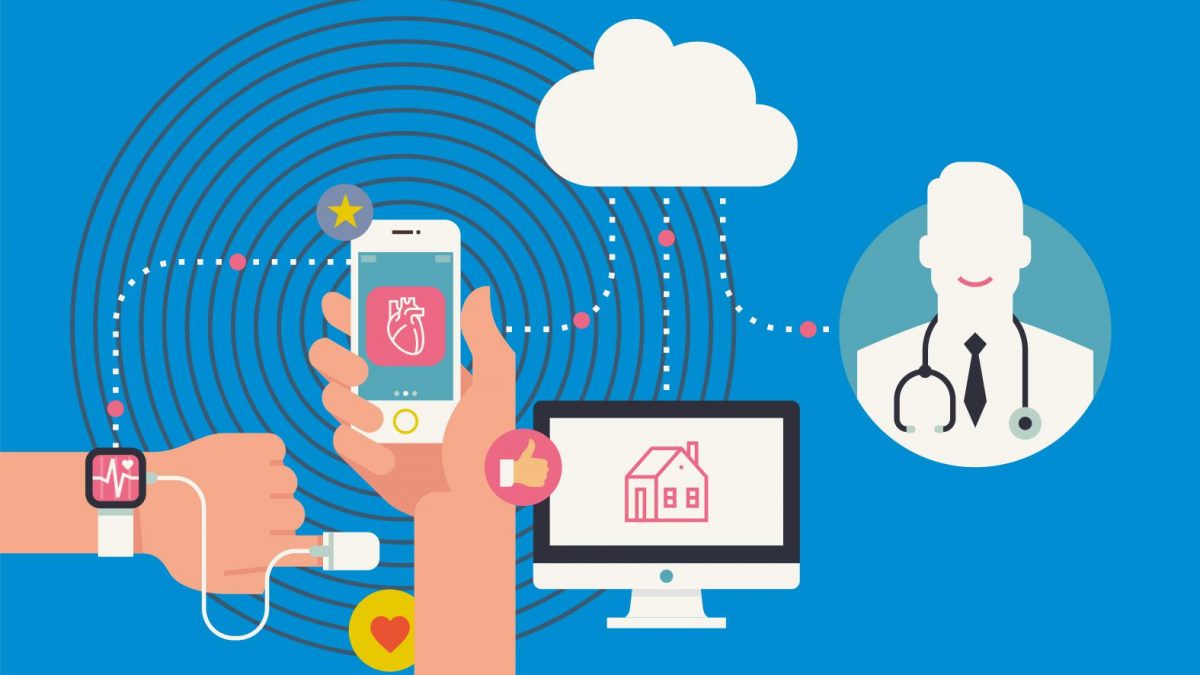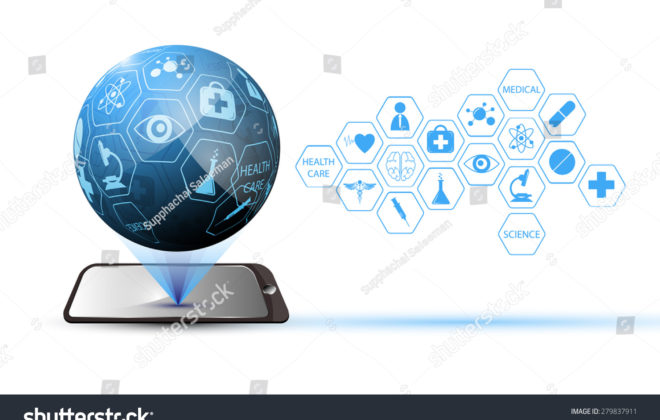A Guide to IoT Based Healthcare Apps
In a world that has been effectively ‘appified’ it is no surprise that today, we find an app for everything. So pervasive has the app economy been that from banking to your gourmet food guide, everything is being supported by these apps. And as time is progressing these apps are only becoming more intelligent and intuitive. Fueling the new age of intelligent apps are technologies such as the Internet of Things that connect everyone in it seamlessly. The healthcare sector has also fallen for the charm of these IoT based apps and we are witnessing the rising adoption of these new age wonders.
The IoT has, without a doubt, established its credibility to impact human lives and healthcare. In fact, experts estimate that by 2020 we will be living in a world with over 20.8 billion connected devices. It is inevitable that the use of IoT in healthcare is only going to increase. The consumerization of healthcare further has pushed the IoT trend in healthcare because of the obvious advantages of better healthcare that it brings to the table. Today all app stores are inundated with a plethora of IoT based healthcare apps. These apps are developed using IoT application development and are designed to ensure better and personalized attention to the health of the user and the caregivers. Let’s take a look how.
Real-Time Reporting and Monitoring
Connected devices can be a real lifesaver when it comes to medical emergencies such as heart failure. With a smart device connected to an IoT app on the smartphone, it becomes easier to monitor the condition of the patient. All medical and health-related information such as blood pressure, oxygen, and blood sugar levels, ECG, weight etc. can be collected and transferred to the doctor in real time. Since this data is stored in the cloud, it can be easily shared with the authorized personnel such as insurance companies, associated doctors etc. irrespective of their location and in a device agnostic manner. This kind of real-time reporting and monitoring has been seen to reduce patient readmission rates by almost 50% amongst heart patients according to a study conducted by The Centre of Connected Health Policy. Using IoT health apps here shows a clear advantage.
Timely Tracking and Alerts
IoT apps capture a huge variety of health data and proactively transfer the same to the doctors in real time via mobile apps and linked devices. For example, The Memorial Sloan Kettering Cancer Center (MSK) and cloud research firm Medidata are leveraging health activity trackers to gather lifestyle data information on patients under treatment for multiple myeloma. All the data from these trackers is logged in on the IoT apps on the user’s smartphone and then accessed by the medical practitioners through the cloud to determine the right treatment. These apps enable real-time tracking, monitoring of the patient’s health and send out real-time alerts to allow better hands-on treatment, timely medical intervention, and overall better patient care delivery.
Remote Medical Assistance and Monitoring
IoT apps can be the messiah of help in the case of medical emergencies. During an emergency a patient can connect with a doctor many miles away by means of the IoT app and gain timely insight into what can be done to manage the health condition till help arrives. With the help of real-time monitoring, the medics can check in on the patient and also identify ailments on the go. Remote medical assistance can be a big boon especially for those areas that have limited healthcare access and have a shortage of healthcare workers. With the help of IoT apps, these areas can get access to better healthcare practitioners, gain the insights they need for disease management, and eventually enjoy better health.
The data generated by these IoT apps can help healthcare practitioners detect patterns that enable new insights. Visualizations of patterns can also help them in better disease management, prepare better to battle the rise of chronic diseases, and even contain epidemics.
Chronic Disease Management
IoT apps are a boon for chronic disease management. Users get timely alerts to have their medications and the overall condition of their health. Any discrepancy in the health parameters get notified promptly to the healthcare practitioner and timely medical intervention ensures lower readmission rates. Constant monitoring of the health condition means more value-based care, improved patient engagement levels, reduced healthcare costs and better chronic health management. For example, the Takeda and Cognition Kit, which is an Apple Watch app, is designed to help patients with major depressive disorder. This app monitors and assesses the cognitive functions of the patient, collects all the data, and helps the patient manage this disease better. There is also an app that helps monitor the progression and the treatment of Parkinson’s disease.
With the help of IoT health apps, healthcare providers can improve patient journeys while tightening budgets. It is clear that IoT has cemented its place in the healthcare sector and is paving the way for smart hospitals. It is only a matter of time before these IoT health apps become an intrinsic part of this smart hospital ecosystem as the enabler of efficiencies.




